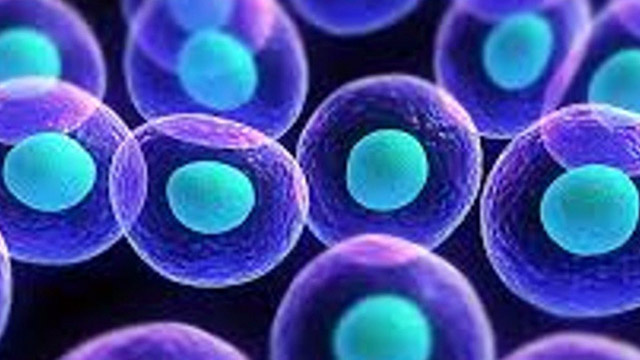The code is embedded in large protein-coding ribonucleic acids (RNAs) and in small RNAs, called microRNAs, which scientists estimate evolved more than 800 million years ago in part to protect the body from cancer. The toxic small RNA molecules also are triggered by chemotherapy, Northwestern scientists report.
'Now that we know the kill code'
Cancer can’t adapt or become resistant to the toxic RNAs, making it a potentially bulletproof treatment if the kill code can be synthetically duplicated. The inability of cancer cells to develop resistance to the molecules is a first, the scientists said.
“Now that we know the kill code, we can trigger the mechanism without having to use chemotherapy and without messing with the genome. We can use these small RNAs directly, introduce them into cells and trigger the kill switch,” said lead author Marcus E. Peter, the Tomas D. Spies Professor of Cancer Metabolism at Northwestern University Feinberg School of Medicine.
Chemotherapy has numerous side effects, some of which cause secondary cancers, because it attacks and alters the genome, Peter said.
“We found weapons that are downstream of chemotherapy,“ noted Peter, also a member of the Robert H. Lurie Comprehensive Cancer Center of Northwestern University.
The paper describing the kill code and identifying how the cancer-fighting microRNAs use the code to kill tumor cells was published Oct. 29 in Nature Communications. The paper describing that protein-coding large RNAs can be converted into toxic small RNAs was published Oct. 16 in eLife.
Following nature's lead
“My goal was not to come up with a new artificial toxic substance,” Peter said. “I wanted to follow nature’s lead. I want to utilize a mechanism that nature developed.”
In published research in 2017, Peter showed cancer cells die when he introduced certain small RNA molecules. He also discovered cancer cells treated with the RNA molecules never become resistant because the molecules simultaneously eliminate multiple genes cancer cells need for survival.
At the time, Peter said, “It’s like committing suicide by stabbing yourself, shooting yourself and jumping off a building all at the same time. You cannot survive.”
But he didn’t know what mechanism caused the cells to self-destruct. What he knew was a sequence of just six nucleotides (6mers) present in small RNAs made them toxic to cancer cells. Nucleotides are organic molecules that are the building blocks of DNA and RNA. They are G, C, A or T (in DNA), or U (in RNA).
In the first of the new studies, Peter then tested all 4,096 different combinations of nucleotide bases in the 6mers until he found the most toxic combination, which happens to be G-rich, and discovered microRNAs expressed in the body to fight cancer use this 6mer to kill cancer cells.
In the second new study, Peter showed the cells chop a gene (Fas ligand) involved in cancer cell growth into small pieces that then act like microRNAs and are highly toxic to cancer. Peter’s group found about three percent of all protein-coding large RNAs in the genome can be processed in this way.
"Based on what we have learned in these two studies, we can now design artificial microRNAs that are much more powerful in killing cancer cells than even the ones developed by nature," Peter said.
The next step? “We absolutely need to turn this into a novel form of therapy,” Peter said. He is exploring multiple ways to trigger the embedded kill code to kill cancer cells, but stressed a potential therapy is many years off.
Source: NORTHEN UNIVERSITY

No comments:
Post a Comment
Note: only a member of this blog may post a comment.